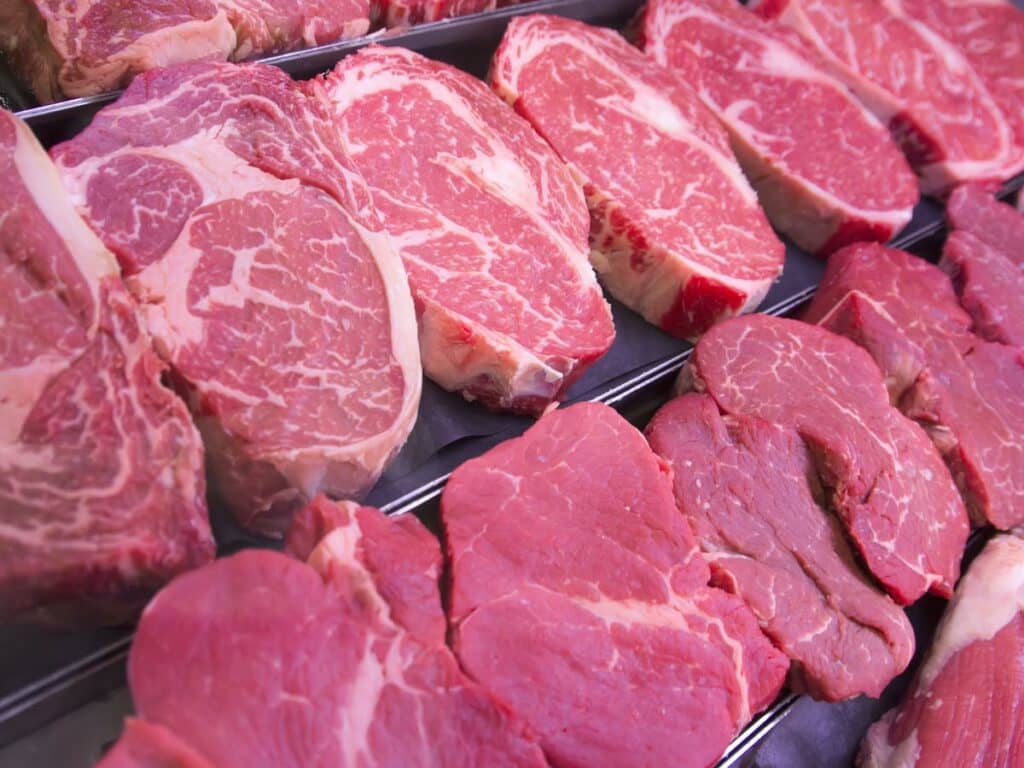Porto Alegre, August 24th 2022 – The result of Brazilian beef exports was again very satisfactory. The main highlight remains the export revenue, in the last month around 1.2 bln dollars were reaped. Brazil continues to be a great alternative for beef supply on a global scale, considering the problems already listed among our competitors.
China maintains a very interesting pattern of purchases, acting as an important differential in 2022. As discussed in previous newsletters, Brazil still emerges as the best alternative to the global supply of beef, both in terms of production capacity and average price, evaluating the signs of shrinking herds in the European Union and especially in the United States. Argentina and Uruguay still have less competitive prices, while Australia is going through a slow recovery process.
It seems that Brazil is on the way to another historic record in terms of volume and especially in revenue. The rise in average beef prices in the international market is a key factor in understanding the excellent operating results achieved by the slaughterhouses. This result makes very clear the dichotomy in the formation of revenues between exporting meat-packers and those that operate only in the domestic market. As anticipated, this trend was already apparent at the beginning of the year.
During the month of July, Brazil exported around 282 thousand tons of beef in carcass equivalent, in the same period last year, around 280.3 thousand tons of beef in carcass equivalent had been shipped. In other words, a slight growth of 0.8% was observed. In terms of revenue, the performance is spectacular. In July the country managed to collect more than 1.2 bln dollars, an increase of 20%.
In the entire year (January through July), Brazil exported approximately 1.85 mln tons of beef in carcass equivalent, against around 1.56 mln tons in the same period last year, an increase of 18%. In terms of revenue, the performance is even more impressive, with the collection of 7.36 bln dollars, against around 5 bln dollars in the same period last year, 46.5% higher.
This scenario clearly shows that the meat-packing industry will focus a large part of its efforts on serving the international market, which seems very logical in light of the complex environment of revenue formation in the domestic market. It will not be surprising if other refrigeration units that operate only in the domestic market temporarily shut down. A systematic reduction of slaughtering capacity is also on the radar at the moment.
The good news for the sector is that domestic demand has a greater potential over the second half of the year, as previously discussed. The supply of herds has improved in 2022, a situation that tends to be sustained for the rest of the year, consolidating the reversal of the cattle-raising cycle in 2023.

